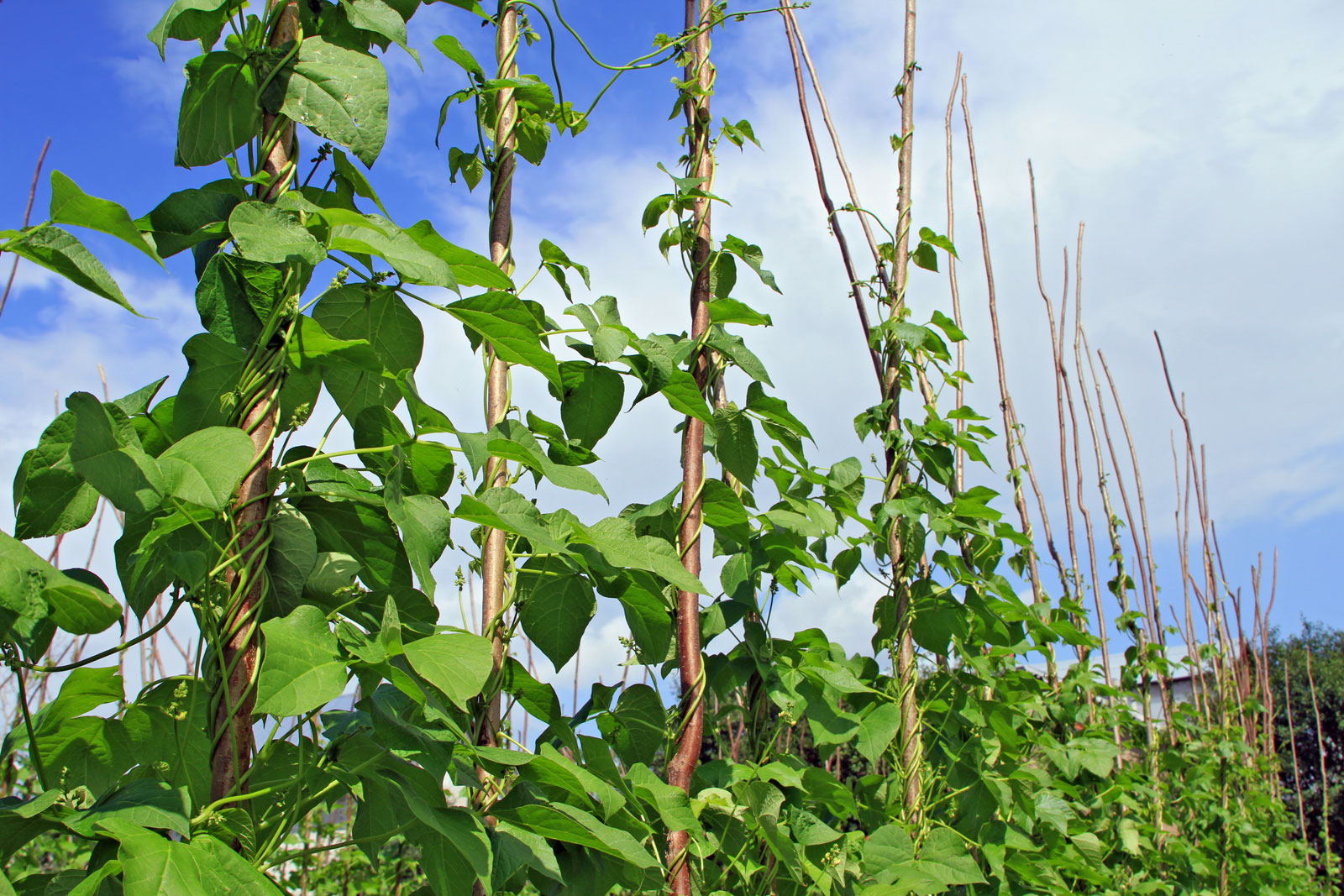Despite knowing there’s no such thing as a ‘blueprint’ to follow in organisational change, it rarely stops us looking for one. Who’s done this before? Who can we benchmark ourselves against? How can we learn from others’ mistakes? Such comparisons offer a veneer of certainty but they rarely provide real insight.
In the world of extreme uncertainty we’re experiencing right now, anticipating the next wave of Covid-19 and the tsunami of environmental emergency, it is understandable to look for comfort in the familiar, be it a blueprint, a roadmap, a vision to #BuildBackBetter. But if we’re serious about the intention of ‘building better’, if it’s more than a snappy hashtag, we can’t look back and rely on the well-trod, tried-and-tested routines of designing within familiar paradigms. We have to look forward with fresh eyes, dismantling the out-of-date mental models and, when there’s no clear vision to be had, feeling our way forward.
We have this once-in-a-generation opportunity to reset right now; to create organisations anew, based on more affirming and enlivening ways of being and interacting, to achieve outcomes that makes a real difference in people’s lives and to enrich, rather than harm, our communities and natural world in the process. Innovation in products, business models (Lego as a service, anyone?), and investment for positive impact is expanding faster than ever, but what of the organisations – and the paradigms – that are behind them?
We urgently need different models and methods which means we have to be willing to explore, imagine, experiment, learn with others. In this moment, the ‘Anthropause’, we can take a moment to radically re-imagine not just what our organisations do but how they do it.
Futurists like Bill Sharpe talk about multiple ‘pathways’ towards possible regenerative futures, ‘building the road as you walk it’, rather than roadmaps. How would we go about rebuilding organisations in this way? What principles would we adopt?
Instead of a blueprint, I offer you the idea of a ‘greenprint’, (ok, it’s slightly tongue-in-cheek), borrowing, like biomimicry, ideas from nature, imagining we grow towards a future like the tendrils of a climbing plant grow, probing, exploring, finding a point of purchase on which to anchor and consolidate, securing ourselves and then reaching out again. (Can you tell I’ve spent a lot of time growing beans and peas this summer?). It’s a way of thinking about transformation that more closely reflects natural processes of change – exploring, prototyping, testing. It not only acknowledges the reality, but makes a virtue, of learning as we go, taking seriously our experience on the way, and how, although we can’t see over the next horizon, we can see far enough to develop the tools and capabilities that will help us respond more effectively for when our vistas get clearer.
Unlike the climbing plant though we humans can be more purposive and intentional. Most importantly we can hold a vision for what the future can be and work towards it. After all, it’s what we do most of the time, conscious or not.
It’s not the most novel approach, in and of itself, but the outcomes can be radical. Especially if enough time is dedicated to the kind of dialogue and reflection that really deepens insight, making visible the lenses through which we see and trying out alternatives; even more so if we widen the aperture of those lenses to connect parts of the context that we’ve kept out of our field of vision. Like Scharmer’s descent into the U, or Inanna’s descent into the underworld, it’s an approach that invites us to dig down deep, dwell in the dark space of not knowing and discomfort, to find nourishment in rich soil – like the roots of the beans!
Right now, as the impetus to action (don’t just stand there, do something!) engulfs us, slowing down enough to pay deeper attention to our habits and habitual ways of seeing could feel like a luxury we can’t afford. On the other hand, if we’re going to unshackle ourselves from blueprints that only recreate the structures we know are not fit for purpose, then perhaps it’s time to take a look at a greenprint approach and start thinking again from the ground up.



